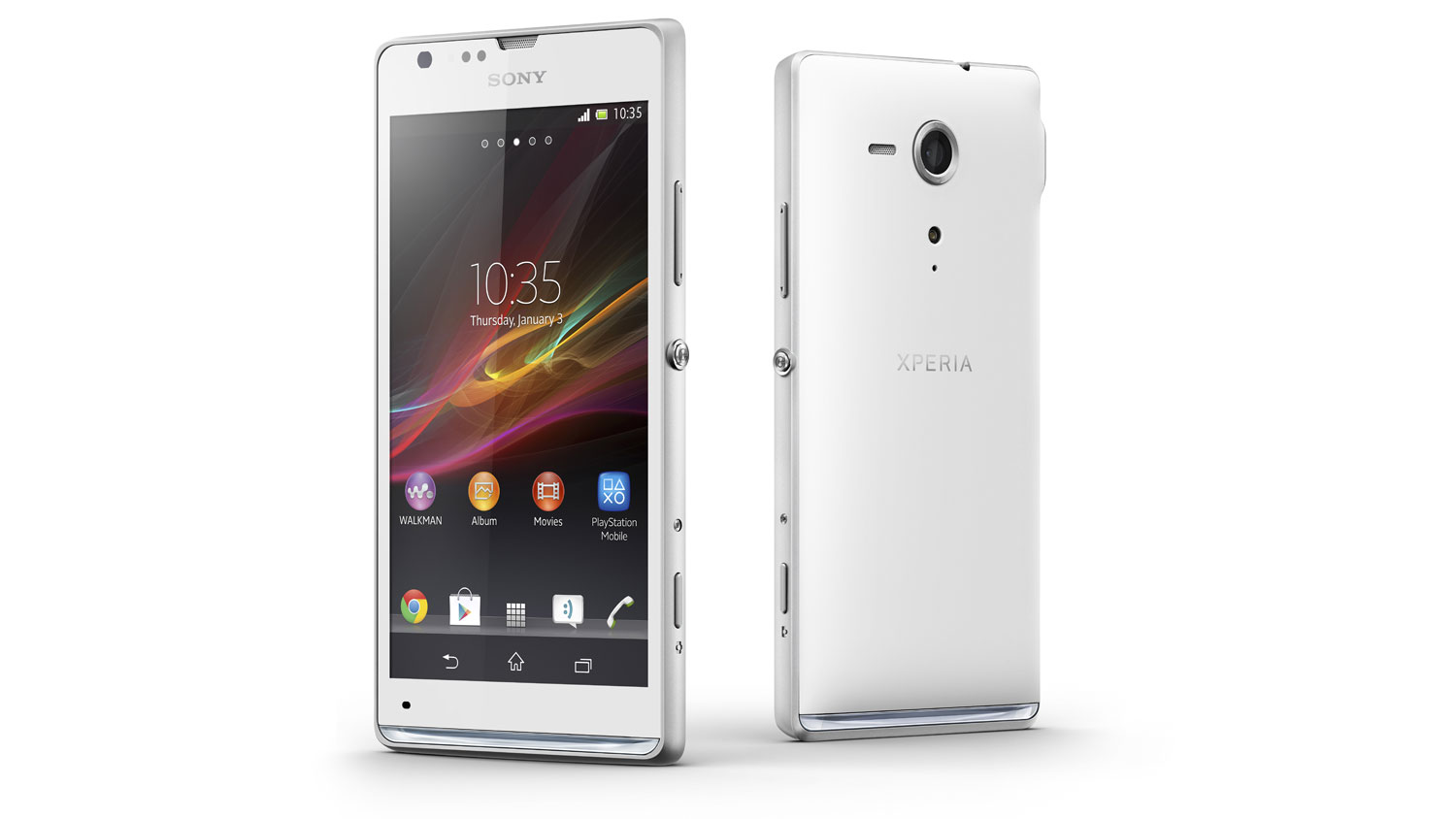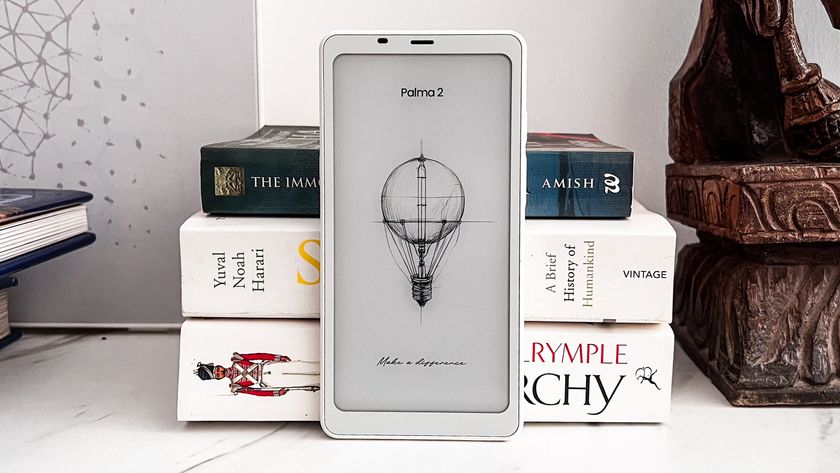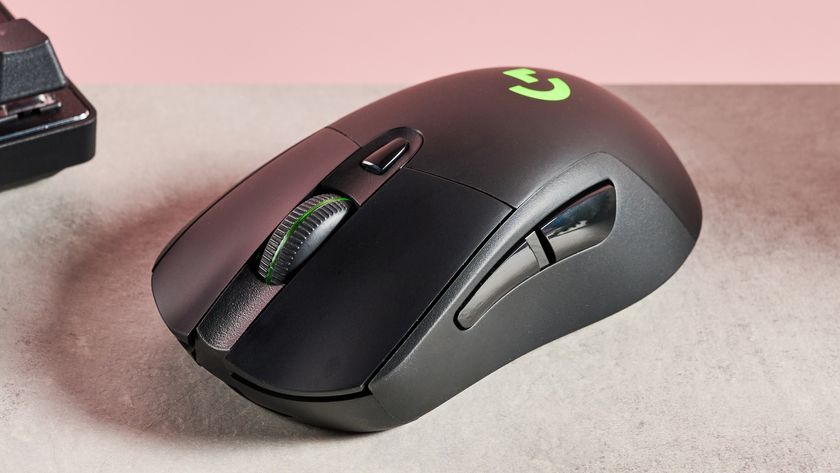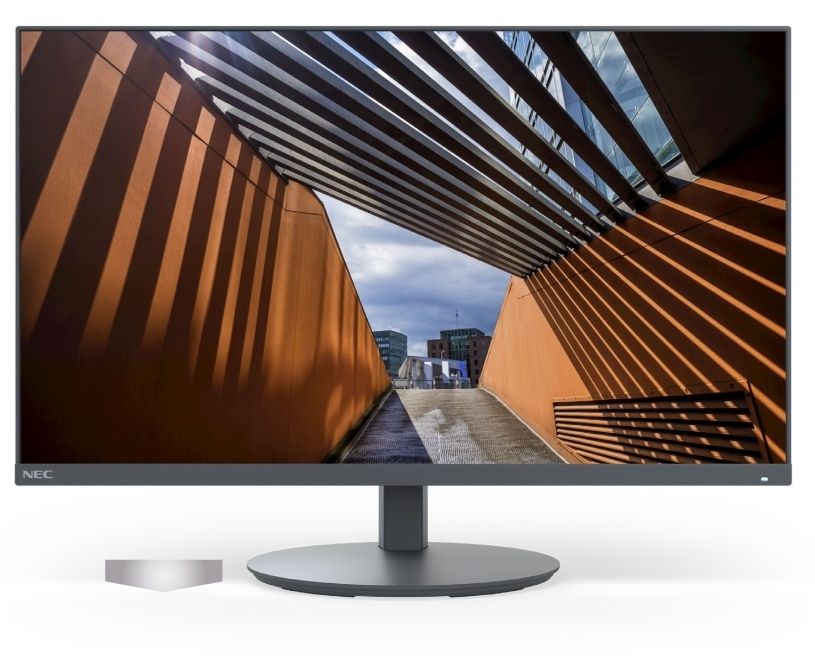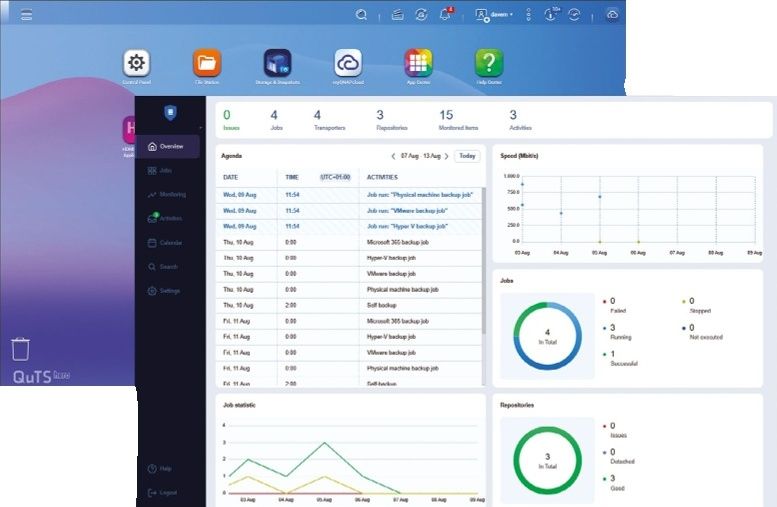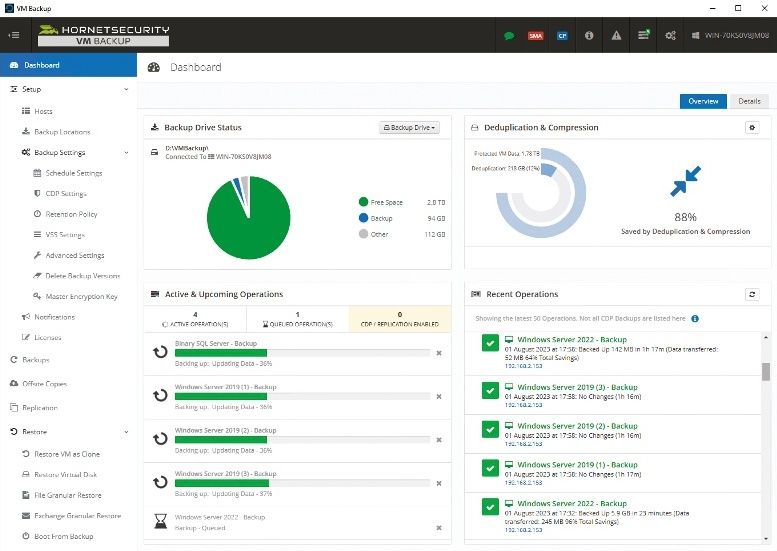Why you can trust TechRadar
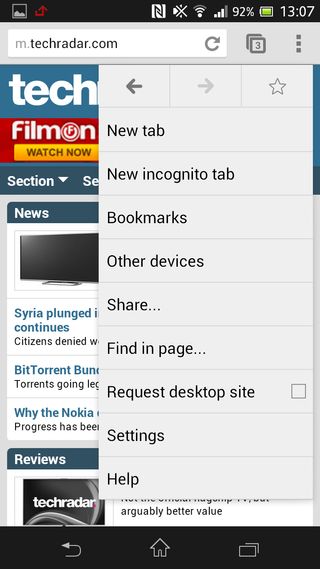
Sony has loaded the Xperia SP with dual band Wi-Fi 802.11 a/b/g/n and HSDPA at 42Mbps and HSUPA at 5.8Mbps. If you're out and about and need to tether another device, it can also be used as a Wi-Fi hotspot.
Like other Android smartphones running Ice Cream Sandwich and above, it arrives with a choice of two browsers pre-installed. One of these is the standard Android browser and the other is Google's recognisable Chrome browser, conditioned for mobile.
Essentially, these both work in the same way, both offering you the option of tabbed browsing, bookmarks and the option of viewing mobile versions of websites or their full-fledged desktop counterparts.
One of the benefits of using Chrome is that you can sync it with your desktop Google account and carry over the pages that you bookmarked and marked as favourites. By tapping the three dots in the top right-hand corner you can access options such as auto-fill forms and save passwords.

Next to the settings button is a small box with a number in it, which denotes the tabbed page you currently inhabit. If you tap this, Chrome zooms out and enables you to swipe between, or close, certain tabs.
This is great for multitasking - although it's not often you'll have legions of tabs open at any one time. If you do, you can expect the strain to show on the Sony Xperia SP's 1.7GHz processor. While browsing for the most part was very smooth, the speed fell away as we opened more tabs.
Unfortunately, skipping around a complex, image-heavy web page will result in a fair amount of empty grey space while you wait for the Sony Xperia SP to catch up. This is certainly tolerable for the most part when browsing on a Wi-Fi signal, but expect it to take a bit longer if you're surfing over 3G. There's also a second's delay when switching from portrait to landscape orientation.

Flash isn't enabled on the Sony Xperia SP, which doesn't surprise us. We don't rate this as much of a problem as the web shifts towards HTML 5. It can be annoying if you want to visit older sites that aren't supported, but it's something you'll just have to live with.
If your tastes run to some of the questionable materials available for viewing on the internet, then you'll be glad to know that both the stock Android browser and Google's Chrome have an Incognito mode.
This won't protect you from malware or eyes looking over your shoulder, but it will stop the offending website from being listed in your internet history or leaving cookies on your phone.
Alternatively, if you're proud of the sites you visit and want to boast about it, a quick tap of the Share option will enable you to post the page to a variety of social networks, including Facebook and Google+.
Chrome and Android's stock browser are the two options you're most likely to use, but there are plenty of others, such as Opera or Firefox, available to download from Google Play if you fancy a change.

Nikon unveils the Z5 II full-frame mirrorless camera – entry-level just got better, and pricier
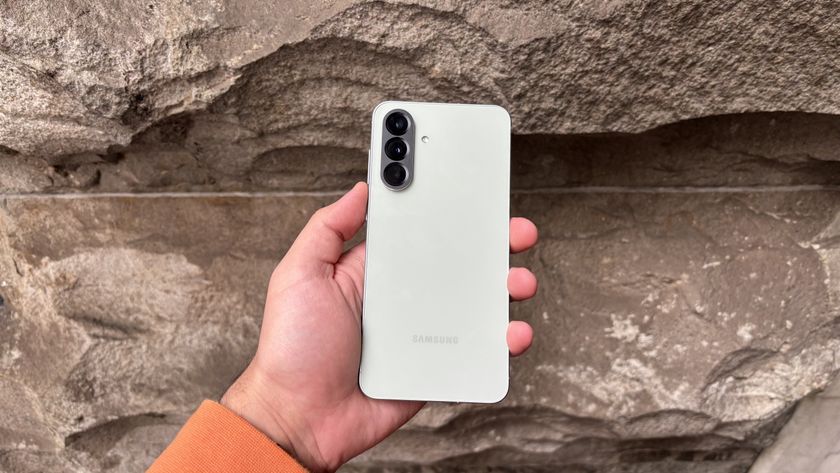
After 3 weeks with Samsung's Galaxy A56, I'm closer than ever to ditching my iPhone for Android
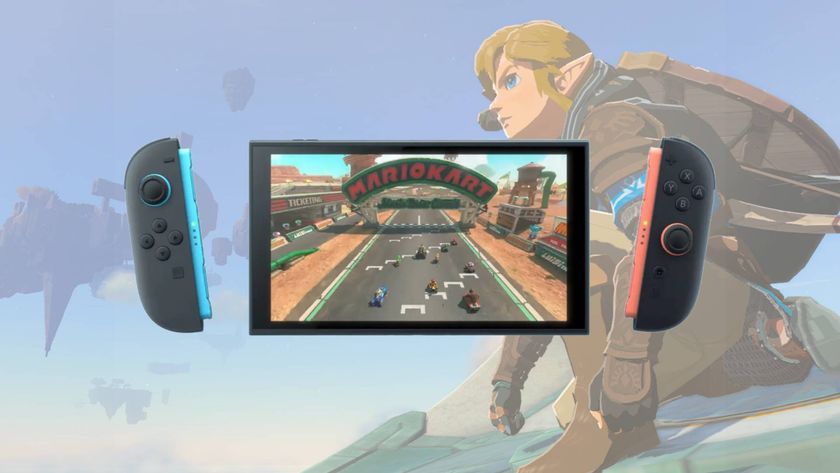
The 'Switch 2 doesn't contain any Switch hardware,' Nintendo explains its new platform and what games will be compatible
